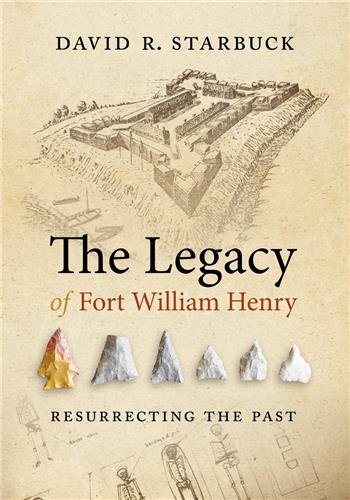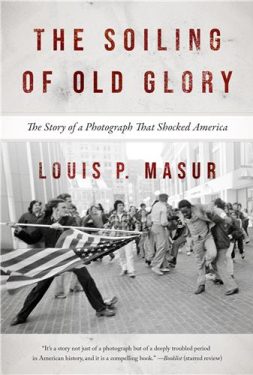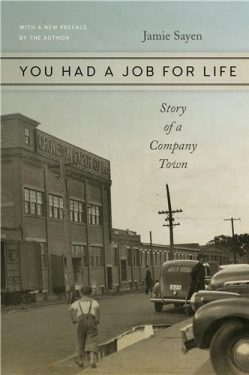Starbuck’s work would serve well in an introductory historical archaeology class, and fulfill several roles. Its narrative on the process of archaeology would be a useful instructional tool, particularly for working within tourist-oriented sites (indeed, it invites comparison with Colonial Williamsburg, St. Mary’s City, and the like). Starbuck’s ability to show connections between the fort and the surrounding countryside make it also quite pertinent for the New York region. Finally, as it focuses on a major conflict, it would be work well for a class in need of a conflict-oriented reading.









